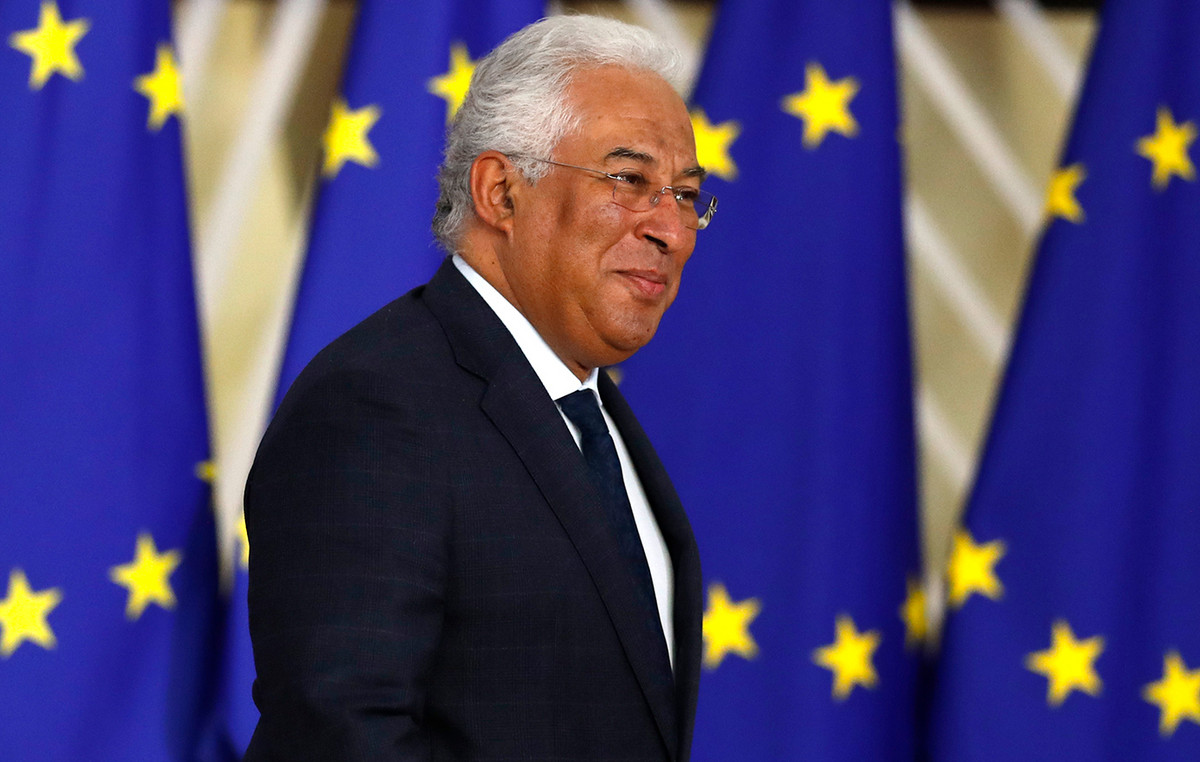- The Mexican peso gains ground as Banxico’s decision approaches.
- The US dollar lost weight at midday in Europe but took a breather after the good data from the USA.
- Mexico’s central bank is expected to cut interest rates by 25 basis points.
The US Dollar price has fallen against the Mexican Peso hours before Banxico’s decision. The USD/MXN started Thursday testing a daily high around 19.65. Just before the opening of Wall Street, the pair fell to a daily low of 19.46, and at the time of writing it is trading above 19.52, losing 0.59% so far this day.
US Dollar Regains Strength Following Encouraging US Data
The US Dollar Index (DXY) lost ground at midday in Europe after recovering in the American session on Wednesday. The greenback started Thursday around 100.95, but fell ahead of the US data to a daily low of 100.59. Following the more encouraging than expected releases, the DXY recovered towards 100.85.
The United States today published the final figure for the Gross Domestic Product (GDP) for the second quarter of the year, which as expected grew by 3%, improving on the 1.4% growth of the first quarter. On the other hand, US jobless claims moderated to 218,000 in the week of September 20 from the previous 222,000, improving on the 225,000 expected. Finally, US durable goods orders were unchanged in August after growing by 9.9% in July, significantly improving on the 2.6% decline estimated.
The focus is on Banxico’s interest rate decision
Banxico will announce its monetary policy decision today at 19:00 GMT. The Mexican central bank is expected to cut interest rates by 25 basis points, although it could surprise with a 50 bp reduction. The Mexican peso could experience high volatility with the announcement.
Read – Banxico Interest Rate Decision Preview: 25 bp Cut Expected
USD/MXN Price Levels
With the US Dollar now trading against the Mexican Peso above 19.55, losing a slight 0.05% on the day, the next level of support awaits at 19.43, the 100-day moving average on the hourly chart. Below that, the target will be the weekly low at 19.23 before aiming towards the psychological zone of 19.00.
On the upside, initial resistance is at 19.68, a two-week high recorded on Wednesday, September 25. Above, USD/MXN would target the 20.00 region and the 2024 high at 20.15.
US Dollar FAQs
The United States Dollar (USD) is the official currency of the United States of America, and the de facto currency of a significant number of other countries where it is in circulation alongside local banknotes. As of 2022, it is the most traded currency in the world, accounting for over 88% of all global foreign exchange transactions, equivalent to an average of $6.6 trillion in daily transactions. Following World War II, the USD took over from the British Pound as the world’s reserve currency.
The single most important factor influencing the value of the US dollar is monetary policy, which is determined by the Federal Reserve (Fed). The Fed has two mandates: to achieve price stability (control inflation) and to promote full employment. Its main tool for achieving these two goals is to adjust interest rates. When prices rise too quickly and inflation exceeds the Fed’s 2% target, the Fed raises rates, which helps the dollar. When inflation falls below 2% or the unemployment rate is too high, the Fed can lower interest rates, which weighs on the dollar.
In extreme situations, the Federal Reserve can also print more dollars and enact quantitative easing (QE). QE is the process by which the Fed substantially increases the flow of credit in a jammed financial system. It is an unconventional policy measure used when credit has dried up because banks are not lending to each other (for fear of counterparty default). It is a last resort when simply lowering interest rates is unlikely to achieve the necessary result. It was the Fed’s weapon of choice to combat the credit crunch that occurred during the Great Financial Crisis of 2008. It involves the Fed printing more dollars and using them to buy US government bonds, primarily from financial institutions. QE typically leads to a weakening of the US dollar.
Quantitative tightening (QT) is the reverse process whereby the Federal Reserve stops buying bonds from financial institutions and does not reinvest the principal of maturing securities in new purchases. It is generally positive for the US dollar.
Source: Fx Street
I am Joshua Winder, a senior-level journalist and editor at World Stock Market. I specialize in covering news related to the stock market and economic trends. With more than 8 years of experience in this field, I have become an expert in financial reporting.







